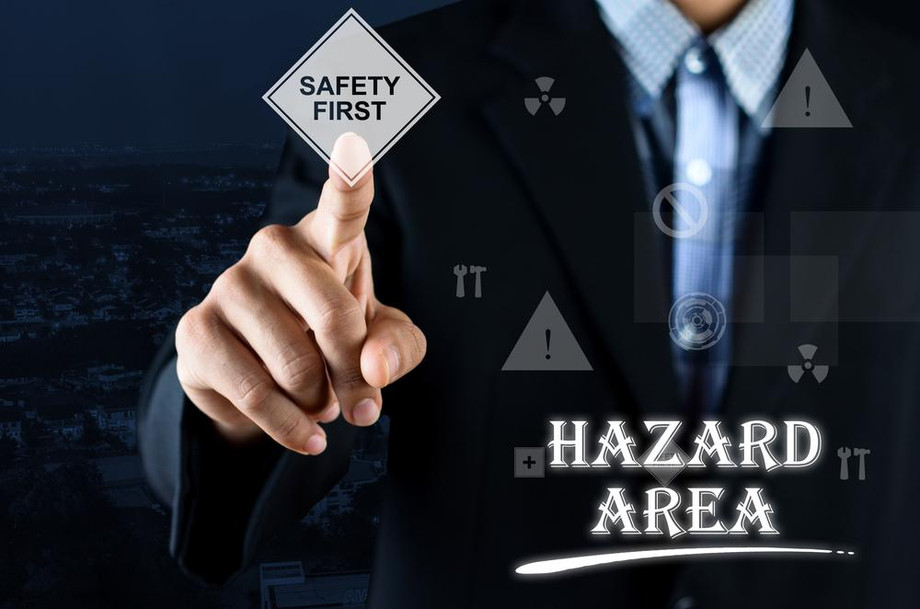Training in Hazardous Area Classification (HAC) and Design involves understanding, evaluating, and mitigating risks associated with potentially explosive atmospheres in industrial settings. This comprehensive program covers several key components:
-
Introduction to Hazardous Areas: Participants gain an understanding of hazardous areas, associated risks, and pertinent regulations and standards such as NEC, IECEx, and ATEX.
-
Classification of Hazardous Areas: Learning how to classify hazardous areas based on factors like flammable gases, vapors, liquids, and combustible dust, utilizing zoning systems and classification methods like the IEC 60079 series.
-
Properties of Flammable Substances: Understanding the characteristics of flammable substances, including Lower Explosive Limit (LEL) and Upper Explosive Limit (UEL), and factors influencing fire and explosion ignition and propagation.
-
Equipment Selection and Protection: Participants become familiar with equipment suitable for hazardous areas, including explosion-proof, flameproof, intrinsically safe, and increased safety equipment, as well as various protection methods like containment and prevention of ignition sources.
-
Electrical Installations: Guidelines are provided for designing and installing electrical systems in hazardous areas, covering aspects such as cable glands, conduit systems, and equipment enclosures.
-
Intrinsic Safety: Considerations are given for selecting and installing instrumentation and control systems in hazardous environments, focusing on principles of intrinsic safety and other protection techniques.
-
Safety Practices and Procedures: Implementing safe work practices, including permit-to-work systems, hot work procedures, and emergency response protocols, with an emphasis on proper equipment maintenance and inspection.
-
HAC Case Studies and Practical Exercises: Real-world case studies are analyzed to comprehend the consequences of incorrect area classification and design, supplemented by practical exercises to reinforce hazard identification and risk assessment skills.
-
Certification and Compliance: Understanding certification requirements for equipment in hazardous areas and ensuring compliance with relevant regulations and standards to maintain workplace safety.
PMV offers a 5-day face-to-face training program in Perth and Adelaide, tailored for Hazardous Area Classification and Design in both Dust and Gas atmospheres. The training is customizable to accommodate participants’ specific needs and industry complexities. PMV trainers are seasoned industry professionals currently involved in chemical, mineral processing, and oil and gas facilities.

